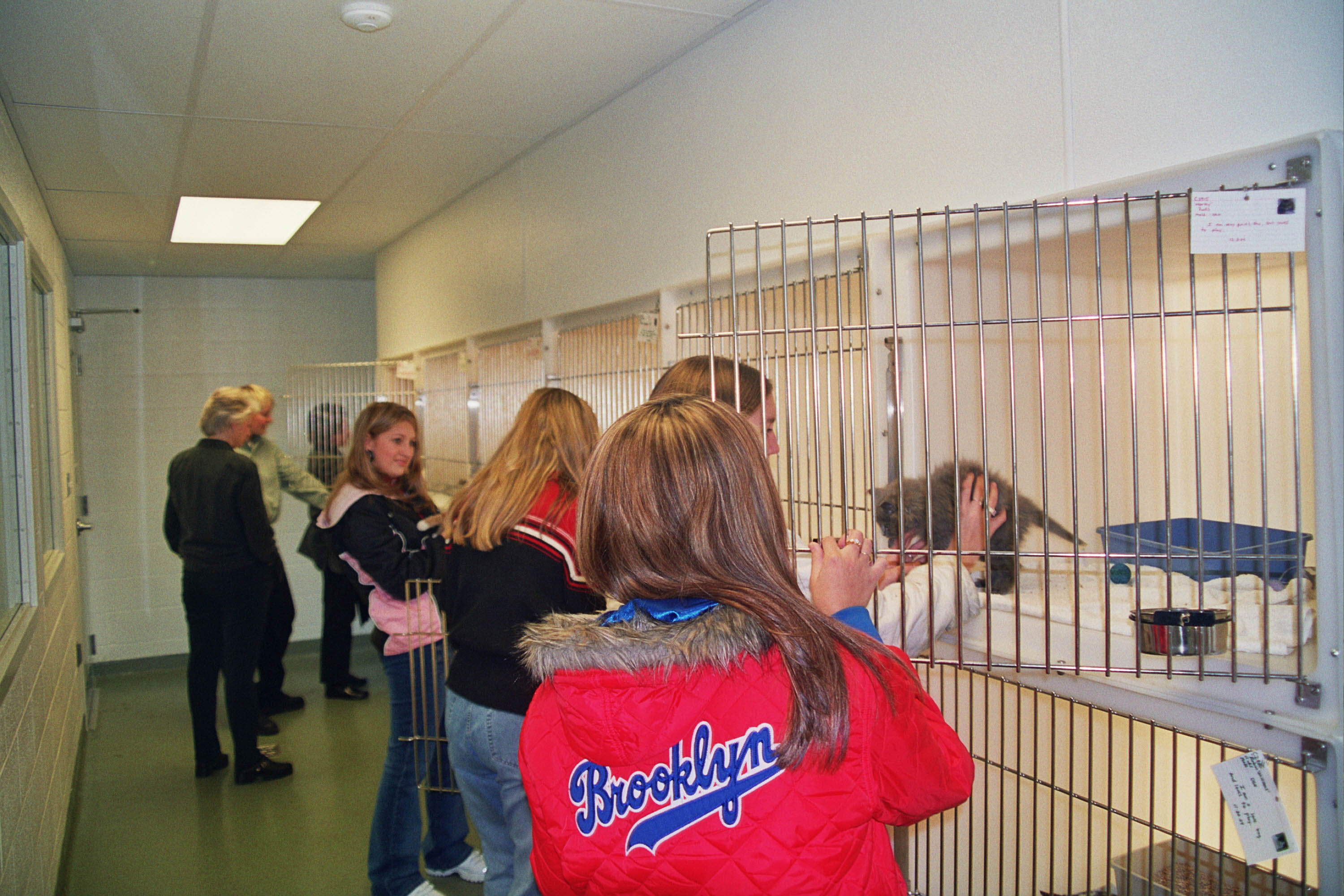 August 7, 2013
August 7, 2013 No-Kill - Should My Animal Shelter Go for It?

No Kill – Should Our Shelter Go for It?
When the “No Kill” movement was introduced two decades ago it generated a great deal of controversy. Folks in animal welfare began taking sides for and against the concept and its claims and challenge to the industry as a whole.
The world has changed dramatically in the last several years and the “No Kill Blueprint”, articulated by Nathan Winograd in his seminal book “Redemption”, has been applied in animal shelters across the country with remarkable results. We have assisted more and more groups dedicated to working toward the goal of saving every healthy companion animal in their care, and consistent application of the programs articulated in the “No Kill Blueprint” is the common denominator for achieving successful results.
We have witnessed success with organizations that have confidently declared themselves “No Kill” as well as organizations that have applied the “blueprint” quietly, without any formal declaration. Results are usually positive in either case and once the community begins to realize success is at hand, a groundswell of support develops in a variety of forms – donations, volunteers, and governmental support.
If a new shelter (or improvements to an existing shelter) is part of the community’s no kill strategy, animal shelter architects should incorporate specific building plans to match the community’s no kill vision.
More and more we are witnessing local government responding to the desire for improved conditions and outcomes. Cooperation between humane and rescue groups working positively with animal control elevates the conversation, bringing about a more cooperative effort on behalf of the community’s stray companion animals.
Whether your organization adopts the “No Kill” moniker or not is less important than bringing to bear the strategies that ultimately produce results. After all, improving your animal shelter is less about the grand announcement that you plan to be a no kill, and more about improving the community and saving animals.
 animal shelter,
animal shelter,  animal shelter architect,
animal shelter architect,  goal,
goal,  no kill,
no kill,  planning,
planning,  save animals,
save animals,  winograd in
winograd in  Community ,
Community ,  Programs
Programs 